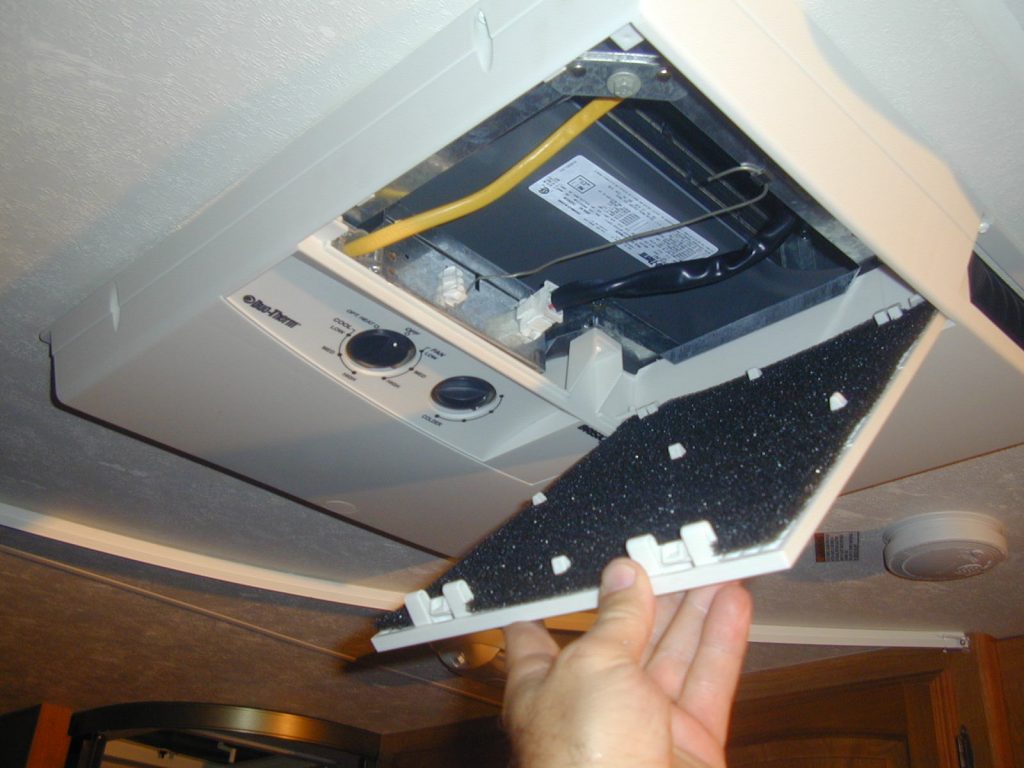Summer has unveiled its warmth, and you find yourself on a well-deserved vacation, ready to embark on a thrilling adventure in your RV. As the temperature rises, your RV’s air conditioner becomes your trusted ally, ensuring that you stay cool and comfortable throughout your journey. But how cold should an RV air conditioner get to provide the ideal oasis in the summer heat? Let’s dive into the nuances of RV air conditioning, exploring the factors influencing its coolness, understanding common issues, and unveiling practical tips to enhance your RV’s cooling efficiency.
How Cold Should an RV Air Conditioner Get? Decoding the Temperature Dynamics
Determining the optimal cooling temperature for your RV air conditioner involves a nuanced understanding of several factors. The key benchmark is to achieve an output 15-20 degrees colder than the air drawn in from the outside. For instance, if the ambient air temperature in your RV is 75 degrees, the air flowing out of the vents should ideally range between 55 and 60 degrees. Striking this balance ensures optimal performance without straining the air conditioner or causing discomfort.
What Factors Influence the Coolness of an AC?
The effectiveness of an RV air conditioner is significantly influenced by the temperature of the air it draws in from the outside. Unlike traditional home air conditioners that generate cold air, RV units operate by processing the existing heat within the cabin to a certain extent. This limitation stems from the intake mechanism of RV AC units. Consequently, external factors, such as the outdoor temperature, play a crucial role. Hot external temperatures can exert additional stress on the AC unit, demanding increased effort to maintain the desired coolness.
Why Is the RV AC Unit Not Keeping the Cool? Troubleshooting the Chill Factor
While the concept of RV air conditioning seems straightforward, there are instances where the unit might struggle to keep the air adequately cool. Understanding potential reasons behind this predicament can guide you in troubleshooting and optimizing your RV’s cooling efficiency.
- Wear and Tear: Over time, the RV air conditioner may experience wear and tear, leading to diminished performance. Regular maintenance and periodic checks can help identify and address these issues.
- Outdoor Heat Impact: External heat can impede the AC’s ability to keep up with cooling demands. Upgrading to a more powerful RV air conditioner or installing additional units can alleviate this challenge.
- Dirty Filters and Coils: Accumulated dirt on filters, airflow resistance, and condenser coils can hinder optimal cooling. Regular cleaning and maintenance routines can significantly enhance efficiency.
Improving Your RV’s Cooling Efficiency: A Maintenance Guide
Elevating your RV’s cooling efficiency involves proactive maintenance measures. Let’s explore a step-by-step guide to enhance the performance of your RV air conditioner.
- Filter Maintenance:
- Locate and remove the AC filters, typically positioned beneath the airflow bezel in the RV.
- Wash the filters in warm water and allow them to dry before reinstalling.
- If a filter is damaged, consider replacement to ensure optimal function.
- Perform this cleaning at least once a month to maintain peak efficiency.
- Coil Inspection and Cleaning:
- Using a light, inspect the coils after filter maintenance.
- If dust or debris is present, carefully remove it using a brush or a suitable tool.
- Remove the AC cover with a screwdriver to access internal components.
- Utilize specialized tools, such as pressurized air cans, to remove debris entangled in the condenser coils.
- Ensure that the air is blown out from the inside to complete the cleaning process.
- System Restart:
- After completing the maintenance steps, restart your RV’s AC unit.
- Monitor its performance to check if the cooling difficulties persist.
- If issues persist, seek assistance from an RV expert for a thorough inspection and resolution.
Mastering the Art of Coolness: Smart Strategies for RV Comfort
- Taking Control of the Temperature:
- Keep the air conditioner running even when you’re away for the day to ensure a cool environment upon your return.
- Gradually cooling the RV during the day makes the interior comfortably cool for a restful night.
- Use the air conditioner at night to avoid excessive daytime cooling, optimizing energy consumption.
- Utilizing the RV Air Conditioning Unit Fan:
- Turn on the fan and set the temperature to the coldest level.
- Leave RV windows or doors open to facilitate proper airflow.
- Avoid continuous operation in this mode to prevent energy depletion and potential damage to the internal mechanism.
Conclusion: Breezy Travels and Cool Adventures Await
In the realm of RV journeys, mastering the art of optimal air conditioning adds a layer of comfort to your summer escapades. By understanding the temperature dynamics, troubleshooting common issues, and implementing proactive maintenance, you ensure that your RV becomes a haven of coolness amid the summer heat. Embrace the warmth of summer, confident in your ability to navigate the nuances of RV air conditioning, and embark on a journey filled with breezy travels and cool adventures.
If you encounter challenges along the way, a visit to an RV technician for a thorough inspection can provide valuable insights and solutions. Share this knowledge with fellow RV enthusiasts, and let the road become a canvas for unforgettable summer memories. May your RV be cool, and your adventures cooler!

